Home>Gardening & Outdoor>Landscaping Ideas>How To Compost Grass Clippings And Leaves
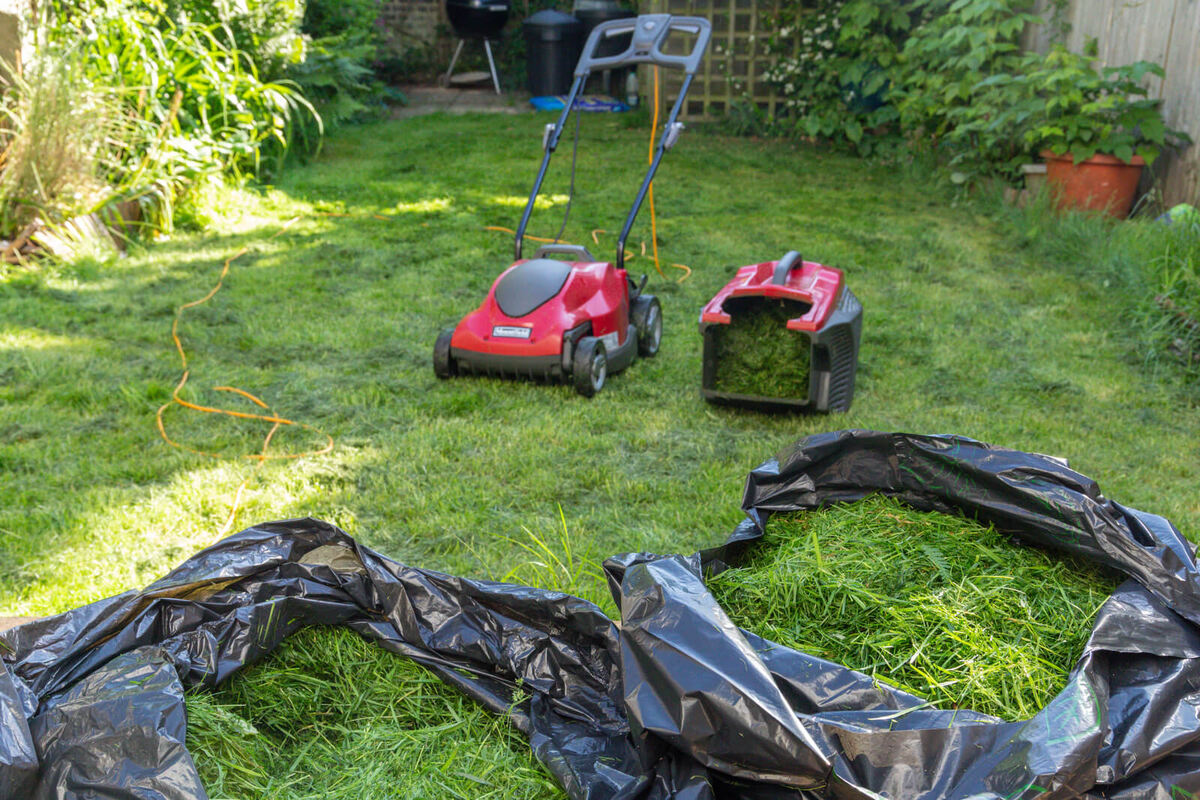

Landscaping Ideas
How To Compost Grass Clippings And Leaves
Modified: January 28, 2024
Learn effective landscaping ideas for composting grass clippings and leaves. Discover how to create nutrient-rich compost for your garden. Boost your gardening efforts today!
(Many of the links in this article redirect to a specific reviewed product. Your purchase of these products through affiliate links helps to generate commission for Storables.com, at no extra cost. Learn more)
Introduction
Welcome to the wonderful world of composting, where your grass clippings and fallen leaves can be transformed into nutrient-rich soil amendments for your garden. Composting is a natural process that decomposes organic materials, turning them into a valuable resource that benefits both your plants and the environment. In this guide, we will explore the art of composting grass clippings and leaves, providing you with the knowledge and techniques to create your own black gold.
As a homeowner or gardening enthusiast, you may find yourself wondering what to do with the heaps of grass clippings and piles of fallen leaves that accumulate in your yard. Rather than discarding these organic materials, composting offers a sustainable and eco-friendly solution. Not only does it divert organic waste from landfills, but it also produces a nutrient-dense soil amendment that can enhance the health and vitality of your plants.
Whether you’re a seasoned composter or a novice looking to delve into the world of organic recycling, this guide will equip you with the essential knowledge to compost grass clippings and leaves effectively. From understanding the benefits of composting to selecting the right composting method and managing the composting process, you’ll gain valuable insights that will empower you to harness the natural processes of decomposition to your advantage.
So, roll up your sleeves, put on your gardening gloves, and get ready to embark on a rewarding journey of turning yard waste into garden gold. Let’s dive into the enriching world of composting grass clippings and leaves!
Key Takeaways:
- Turn your grass clippings and fallen leaves into nutrient-rich compost to benefit your garden and the environment. Composting is a sustainable and cost-effective way to enhance soil health and reduce waste.
- Choose the right composting method and prepare your materials thoughtfully to create high-quality compost. Monitor and maintain your compost to optimize conditions for efficient decomposition and use the finished compost to nourish your plants and promote a thriving garden ecosystem.
Read more: When To Leave Grass Clippings
Benefits of Composting Grass Clippings and Leaves
Composting grass clippings and leaves offers a myriad of benefits, both for your garden and the environment. By harnessing the natural process of decomposition, you can transform these organic materials into a valuable resource with numerous advantages.
- Organic Soil Amendment: Grass clippings and leaves are rich in essential nutrients such as nitrogen, potassium, and phosphorus. Through composting, these organic materials break down into a nutrient-dense soil amendment, enriching the soil with vital elements that promote plant growth and vitality.
- Enhanced Soil Structure: The addition of compost improves soil structure, enhancing its ability to retain moisture and nutrients. This results in healthier, more resilient plants with improved resistance to environmental stresses.
- Reduction of Landfill Waste: Composting grass clippings and leaves diverts organic waste from landfills, reducing the burden on waste management systems and minimizing greenhouse gas emissions associated with organic decomposition in landfills.
- Cost Savings: By creating your own compost from grass clippings and leaves, you can reduce the need for store-bought fertilizers and soil amendments, leading to cost savings while promoting sustainable gardening practices.
- Environmental Sustainability: Composting is a sustainable practice that aligns with environmental conservation efforts. By recycling organic materials back into the soil, you contribute to the preservation of natural resources and the promotion of a healthier ecosystem.
- Reduction of Erosion and Runoff: Compost-enriched soil exhibits improved water retention, reducing erosion and runoff. This not only benefits your garden by maintaining soil integrity but also contributes to the overall health of the surrounding environment.
These benefits underscore the value of composting grass clippings and leaves as a holistic and environmentally responsible practice. By embracing composting, you can harness the inherent fertility of organic materials while actively contributing to a sustainable and thriving ecosystem.
Choosing the Right Composting Method
When it comes to composting grass clippings and leaves, selecting the right composting method is essential to ensure efficient decomposition and optimal results. Several composting techniques are available, each with its unique advantages and considerations. By understanding the various methods, you can choose the approach that best aligns with your resources, time, and gardening objectives.
Traditional Composting: This method involves creating a compost pile or bin in which grass clippings and leaves are layered with other organic materials such as kitchen scraps, garden waste, and shredded paper. Regular turning or aerating of the pile promotes decomposition and helps maintain optimal conditions for microbial activity.
Vermicomposting: Utilizing earthworms to break down organic matter, vermicomposting is a popular method for composting kitchen waste, but it can also be employed for grass clippings and leaves. Worm bins provide a habitat for red worms or other composting worms, allowing them to consume and convert organic materials into nutrient-rich castings.
Compost Tumblers: These enclosed containers facilitate the composting process by allowing for easy turning or rotating of the materials. Compost tumblers provide efficient aeration and moisture retention, making them a convenient option for composting grass clippings and leaves, especially in smaller yards or urban settings.
Sheet Composting: Also known as lasagna composting, this method involves layering organic materials directly onto the soil surface. By alternating layers of grass clippings, leaves, and other organic matter, you can create a composting bed that gradually decomposes and enriches the underlying soil.
When choosing a composting method, consider factors such as available space, desired time commitment, and the specific characteristics of the organic materials being composted. Additionally, assess your comfort level with managing the composting process, as some methods may require more hands-on involvement than others.
Ultimately, the right composting method is one that aligns with your lifestyle and gardening preferences while promoting the efficient breakdown of grass clippings and leaves into valuable compost for your garden. By selecting a method that suits your needs, you can embark on a rewarding composting journey with confidence and enthusiasm.
Preparing Your Grass Clippings and Leaves for Composting
Before embarking on the composting journey, it’s essential to prepare your grass clippings and leaves to facilitate the decomposition process and ensure optimal results. Proper preparation sets the stage for efficient composting, allowing the organic materials to break down effectively and transform into nutrient-rich humus for your garden.
Shredding and Chopping: Grass clippings and leaves can benefit from shredding or chopping before being added to the compost pile. Smaller particle sizes accelerate decomposition by increasing the surface area available for microbial activity. A lawnmower with a bag attachment or a dedicated leaf shredder can be used to process the materials into finer pieces.
Layering with Nitrogen-Rich Materials: Grass clippings, which are relatively high in nitrogen, can be layered with carbon-rich materials such as leaves to achieve a balanced carbon-to-nitrogen ratio in the compost pile. This balanced ratio fosters optimal conditions for microbial decomposition and prevents the formation of odorous compounds associated with excess nitrogen.
Moisture Management: Maintaining proper moisture levels is crucial for the composting process. While grass clippings contribute moisture, leaves tend to be more absorbent and can help regulate moisture content in the compost pile. However, in dry conditions, it may be necessary to water the materials lightly to ensure adequate moisture for microbial activity.
Aeration and Turning: To facilitate aerobic decomposition, it’s important to aerate the compost pile regularly, especially when grass clippings are densely packed. Turning the pile with a pitchfork or shovel promotes oxygen circulation and prevents the formation of anaerobic conditions, fostering the activity of beneficial microorganisms.
Temperature Considerations: Grass clippings and leaves can generate heat as they decompose, contributing to the overall temperature of the compost pile. Monitoring the internal temperature of the pile can provide insights into the progress of decomposition, with higher temperatures indicating active microbial activity and efficient breakdown of organic matter.
By preparing your grass clippings and leaves thoughtfully, you set the stage for successful composting, laying the foundation for the transformation of organic waste into a valuable soil amendment. These preparatory steps not only optimize the composting process but also contribute to the creation of nutrient-rich humus that will nourish your garden and promote thriving plant growth.
Mix grass clippings and leaves in a 3:1 ratio to create a balanced compost. Turn the pile regularly to aerate and speed up the decomposition process.
Composting Process
The composting process is a natural symphony of microbial activity, decomposition, and transformation, culminating in the creation of nutrient-rich compost from grass clippings and leaves. Understanding the stages of composting empowers gardeners to actively participate in this organic alchemy, fostering the conditions for efficient decomposition and the generation of valuable soil amendments.
Initial Decomposition: When grass clippings and leaves are added to the compost pile, microbial activity initiates the breakdown of organic materials. Bacteria, fungi, and other microorganisms begin to consume the readily available sugars, starches, and other compounds present in the materials, kickstarting the decomposition process.
Temperature Dynamics: As microbial activity intensifies, the compost pile’s internal temperature may rise significantly. This thermophilic phase, characterized by elevated temperatures, is indicative of vigorous decomposition. The heat generated serves to accelerate the breakdown of organic matter and can help eliminate weed seeds and pathogens.
Maturation and Curing: Over time, the composting process progresses through various stages, ultimately leading to the maturation and curing of the compost. During this phase, the compost undergoes further decomposition and stabilization, resulting in a dark, crumbly, and earthy-smelling material that is rich in nutrients and beneficial microorganisms.
Monitoring and Adjustments: Throughout the composting process, it’s essential to monitor the pile’s moisture levels, temperature, and aeration. Adjustments may be necessary to optimize conditions for microbial activity, such as turning the pile to promote aeration or adding water to maintain adequate moisture. By actively managing the composting process, you can facilitate efficient decomposition and the production of high-quality compost.
Duration of Composting: The duration of the composting process can vary based on factors such as the composting method, the size of the materials, and environmental conditions. Generally, composting grass clippings and leaves can take several months to a year to yield finished compost, depending on the degree of decomposition desired.
Embracing the composting process is a rewarding journey that allows you to witness the transformative power of nature as organic materials evolve into a valuable resource for your garden. By nurturing the composting process with care and attention, you can harness the inherent fertility of grass clippings and leaves, ultimately reaping the benefits of nutrient-rich compost that enriches your soil and sustains plant life.
Read more: How Long For Grass Clippings To Compost
Monitoring and Maintaining Your Compost
Effective monitoring and maintenance are essential aspects of successful composting, ensuring that the compost pile remains conducive to microbial activity and decomposition. By actively observing and tending to your compost, you can optimize conditions for the breakdown of grass clippings and leaves, fostering the transformation of organic waste into nutrient-rich compost for your garden.
Temperature Monitoring: Regularly assessing the internal temperature of the compost pile provides insights into the progress of decomposition. Utilizing a compost thermometer, you can gauge the temperature within the pile, aiming for the thermophilic range (120-160°F or 49-71°C) to promote efficient breakdown of organic matter.
Moisture Management: Maintaining proper moisture levels is crucial for microbial activity. The compost pile should resemble a wrung-out sponge, with adequate moisture to support decomposition without becoming waterlogged. If the pile appears dry, lightly moisten the materials, while excessive moisture may require turning and the addition of dry, carbon-rich materials to balance the moisture content.
Aeration and Turning: Regularly aerating the compost pile by turning or mixing the materials promotes oxygen circulation and prevents the formation of anaerobic conditions. This practice encourages the activity of aerobic microorganisms, contributing to efficient decomposition and the prevention of foul odors.
Carbon-to-Nitrogen Ratio: Maintaining a balanced carbon-to-nitrogen ratio in the compost pile is crucial for optimal decomposition. Grass clippings, rich in nitrogen, should be layered with carbon-rich materials such as leaves to achieve a balanced ratio, typically aiming for a mix of approximately 25-30 parts carbon to 1 part nitrogen.
Odor and Pest Management: Monitoring the compost pile for unusual odors or pest activity can help identify and address potential issues. Foul odors may indicate anaerobic conditions or imbalanced composting materials, while pest infestations can be managed by covering the compost pile or adjusting the composition of materials to deter pests.
By actively monitoring and maintaining your compost, you create an environment that supports the efficient breakdown of grass clippings and leaves, ultimately yielding high-quality compost for your garden. Through attentive stewardship of the composting process, you can harness the inherent fertility of organic materials, contributing to a sustainable and thriving gardening ecosystem.
Using the Finished Compost
Once the composting process has transformed your grass clippings and leaves into a rich, earthy-smelling material, the finished compost becomes a valuable asset for nourishing your garden and promoting plant health. Utilizing the finished compost effectively allows you to capitalize on its nutrient content and soil-enhancing properties, reaping the rewards of your composting efforts.
Soil Amendment: Incorporating finished compost into the soil improves its structure, fertility, and water retention capacity. Whether you’re preparing a new garden bed or revitalizing existing plantings, mixing compost into the soil enhances its overall health and vitality, providing an ideal environment for plant roots to thrive.
Plant Nutrition: The nutrient-rich composition of finished compost, including essential elements such as nitrogen, phosphorus, and potassium, delivers natural nourishment to your plants. As the compost gradually decomposes, it releases these nutrients, supporting robust growth and vibrant foliage without the need for synthetic fertilizers.
Mulching and Topdressing: Applying a layer of finished compost as mulch around plants or as a topdressing on the soil surface offers multiple benefits. Compost mulch conserves soil moisture, suppresses weed growth, moderates soil temperature, and gradually releases nutrients, creating an optimal microenvironment for plant roots.
Seed Starting and Transplanting: Mixing compost with potting soil for seed starting or transplanting young plants provides a nutrient-rich growing medium that encourages strong root development and reduces transplant shock. The organic matter and beneficial microorganisms in the compost promote healthy growth and resilience in newly established plants.
Compost Tea: Brewing compost tea by steeping finished compost in water creates a liquid fertilizer rich in beneficial microorganisms and nutrients. This compost tea can be applied to plant foliage and soil, enhancing microbial activity and delivering a gentle nutrient boost to support overall plant health.
By judiciously utilizing the finished compost in your gardening endeavors, you harness the culmination of the composting process to enrich your soil, nourish your plants, and foster a thriving garden ecosystem. The application of finished compost represents the culmination of your composting journey, infusing your garden with the natural benefits of nutrient-dense, organic matter.
Conclusion
Composting grass clippings and leaves is a gratifying practice that embodies the principles of sustainability, resourcefulness, and environmental stewardship. By harnessing the natural processes of decomposition, gardeners can transform organic waste into a valuable soil amendment that nurtures plant life and promotes the vitality of the garden ecosystem.
Throughout this journey, we’ve explored the myriad benefits of composting, from enriching the soil with essential nutrients to reducing waste and fostering environmental sustainability. By embracing composting, we actively participate in the cycle of regeneration, repurposing organic materials to create a valuable resource that sustains and nourishes our gardens.
Choosing the right composting method, preparing the organic materials thoughtfully, and actively managing the composting process are integral to achieving successful outcomes. Through attentive monitoring and maintenance, we create an environment that fosters efficient decomposition, ultimately yielding nutrient-rich compost that enhances the health and resilience of our plants.
As we utilize the finished compost to enrich the soil, nourish our plants, and create optimal growing conditions, we witness the tangible rewards of our composting efforts. The earthy aroma, crumbly texture, and nutrient-rich composition of finished compost symbolize the culmination of our commitment to sustainable gardening practices.
In conclusion, composting grass clippings and leaves is a testament to the transformative power of organic recycling, demonstrating how simple yet profound actions can yield tangible benefits for both our gardens and the environment. By embracing composting as a fundamental practice in our gardening endeavors, we contribute to the preservation of natural resources, the promotion of soil health, and the cultivation of thriving, resilient plant life.
So, as we continue our journey as stewards of the garden, let us carry forward the ethos of composting, recognizing its significance in fostering a sustainable and bountiful ecosystem. With each compost pile we tend and each finished compost we apply, we perpetuate the cycle of renewal, sowing the seeds of a greener, more vibrant world for generations to come.
Frequently Asked Questions about How To Compost Grass Clippings And Leaves
Was this page helpful?
At Storables.com, we guarantee accurate and reliable information. Our content, validated by Expert Board Contributors, is crafted following stringent Editorial Policies. We're committed to providing you with well-researched, expert-backed insights for all your informational needs.
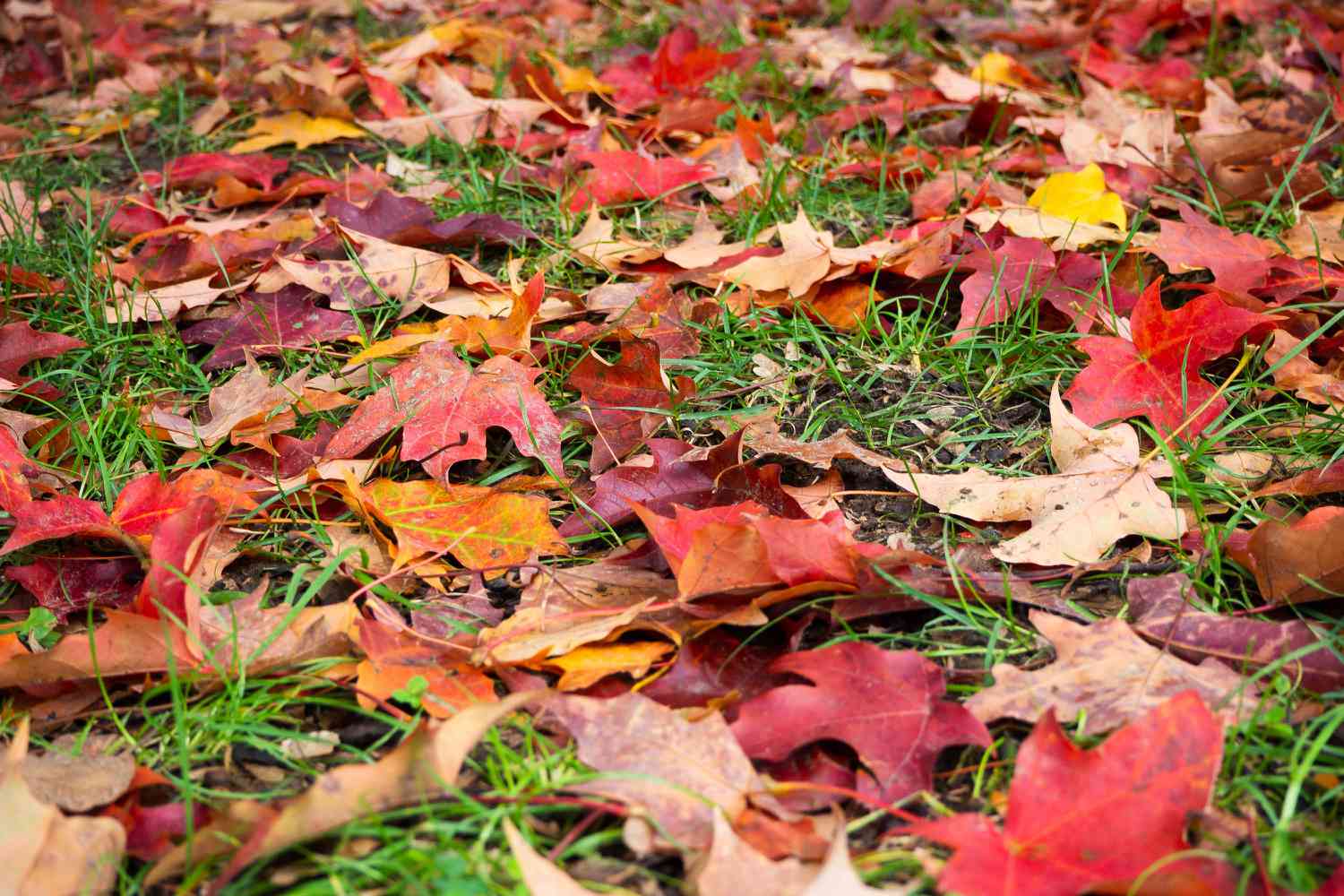
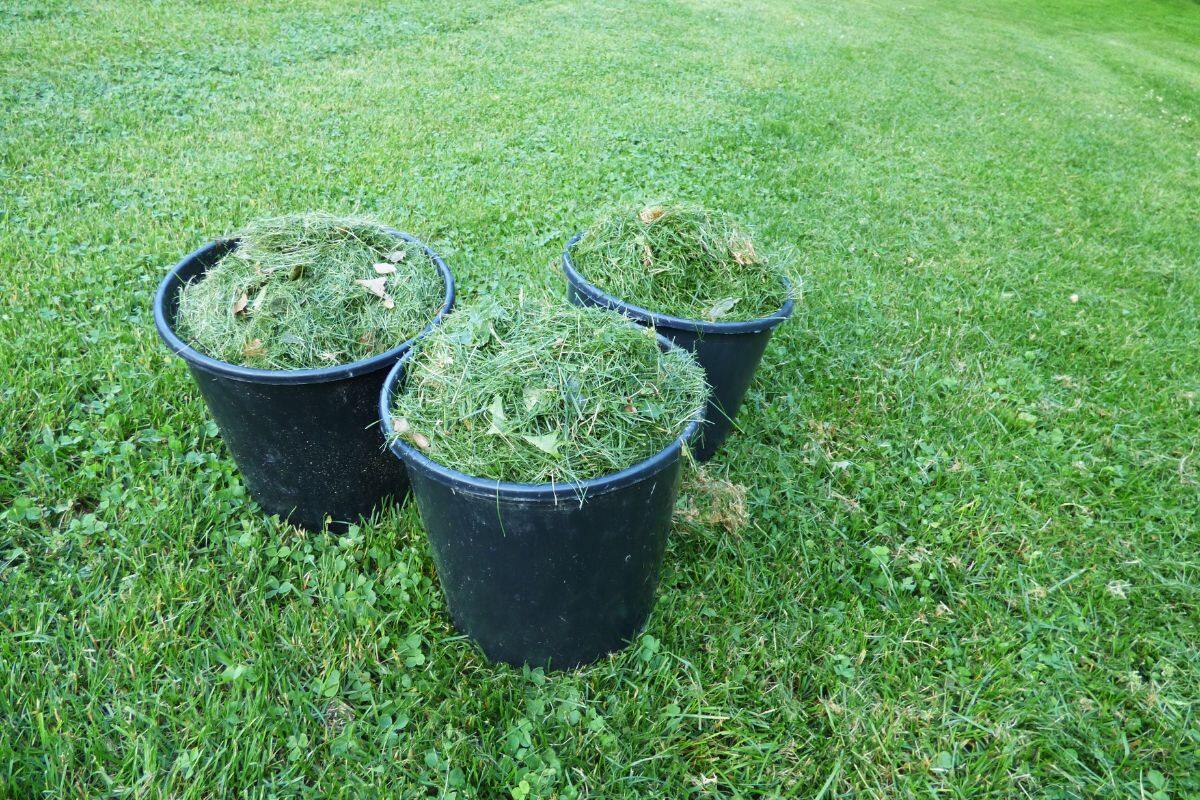
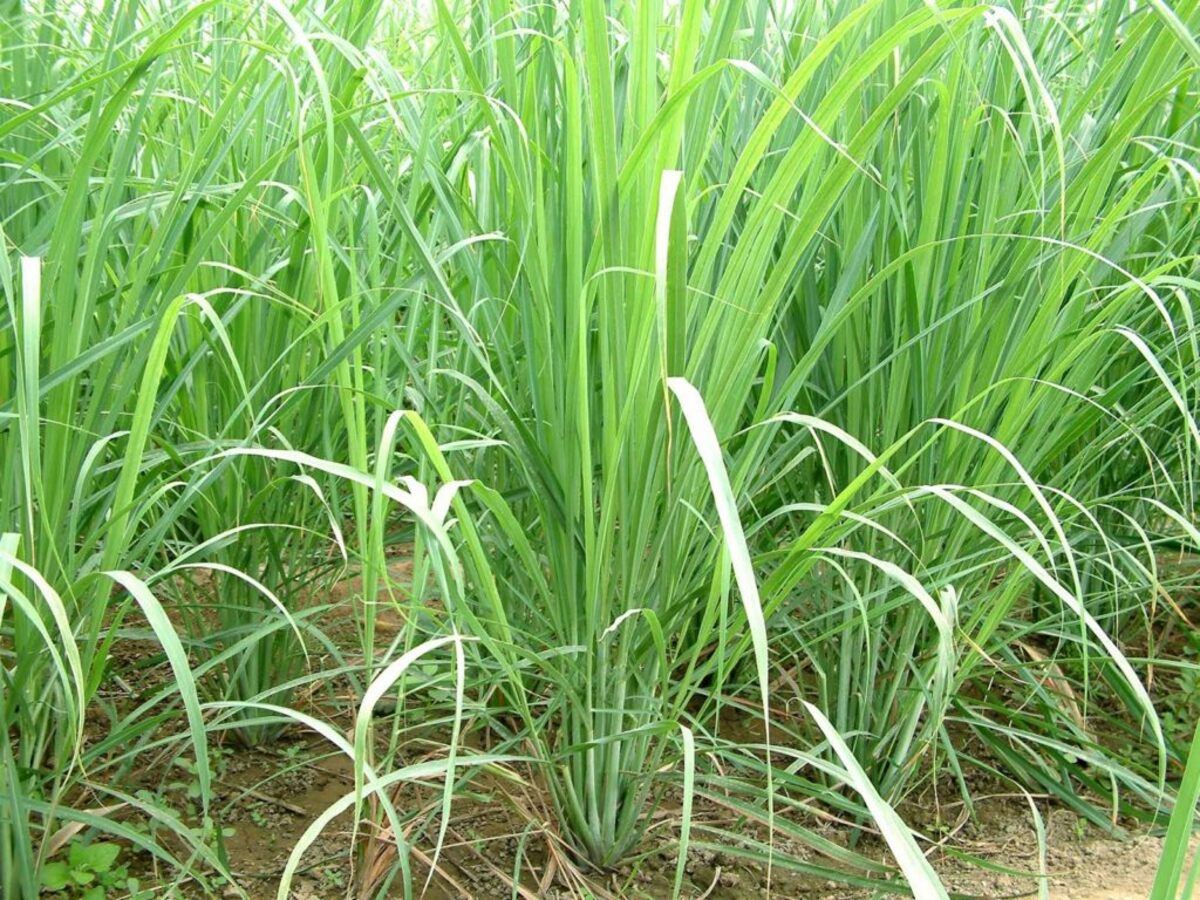
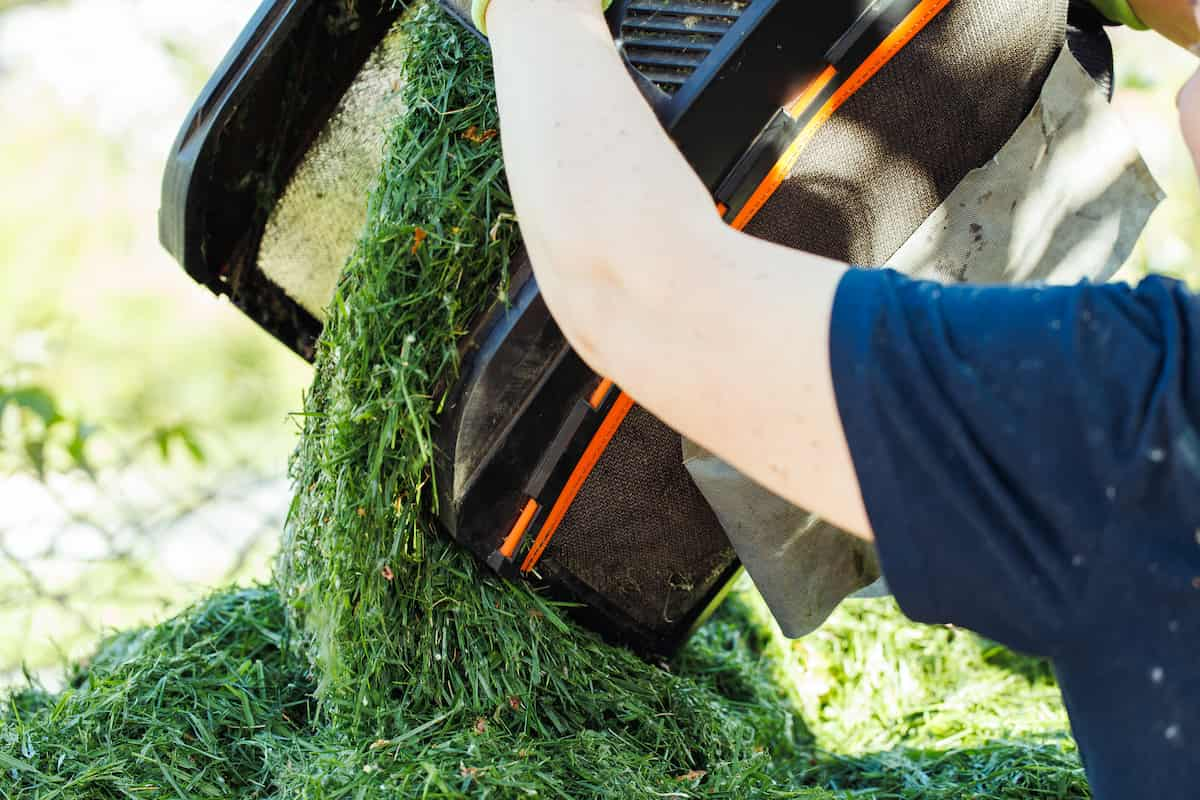
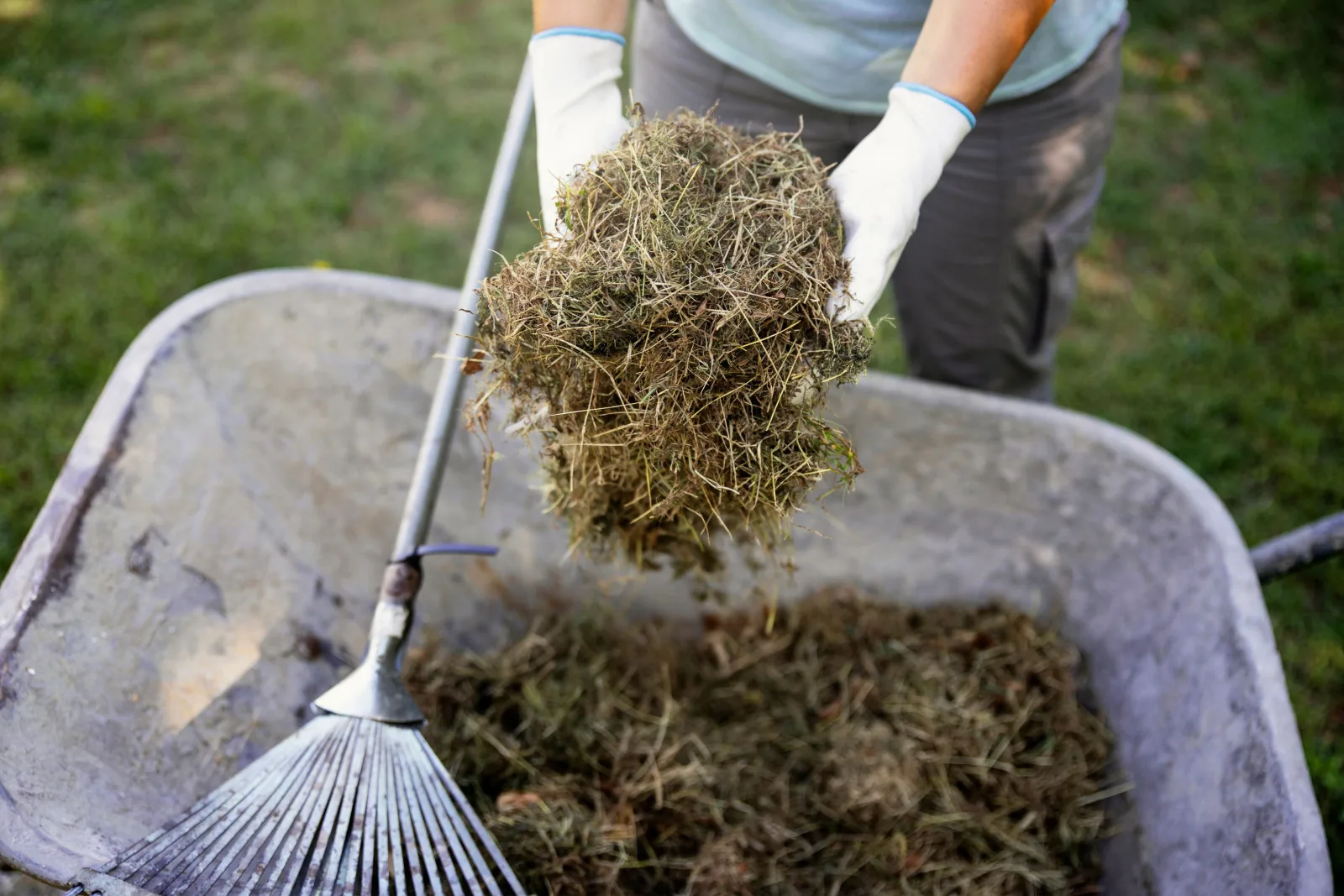
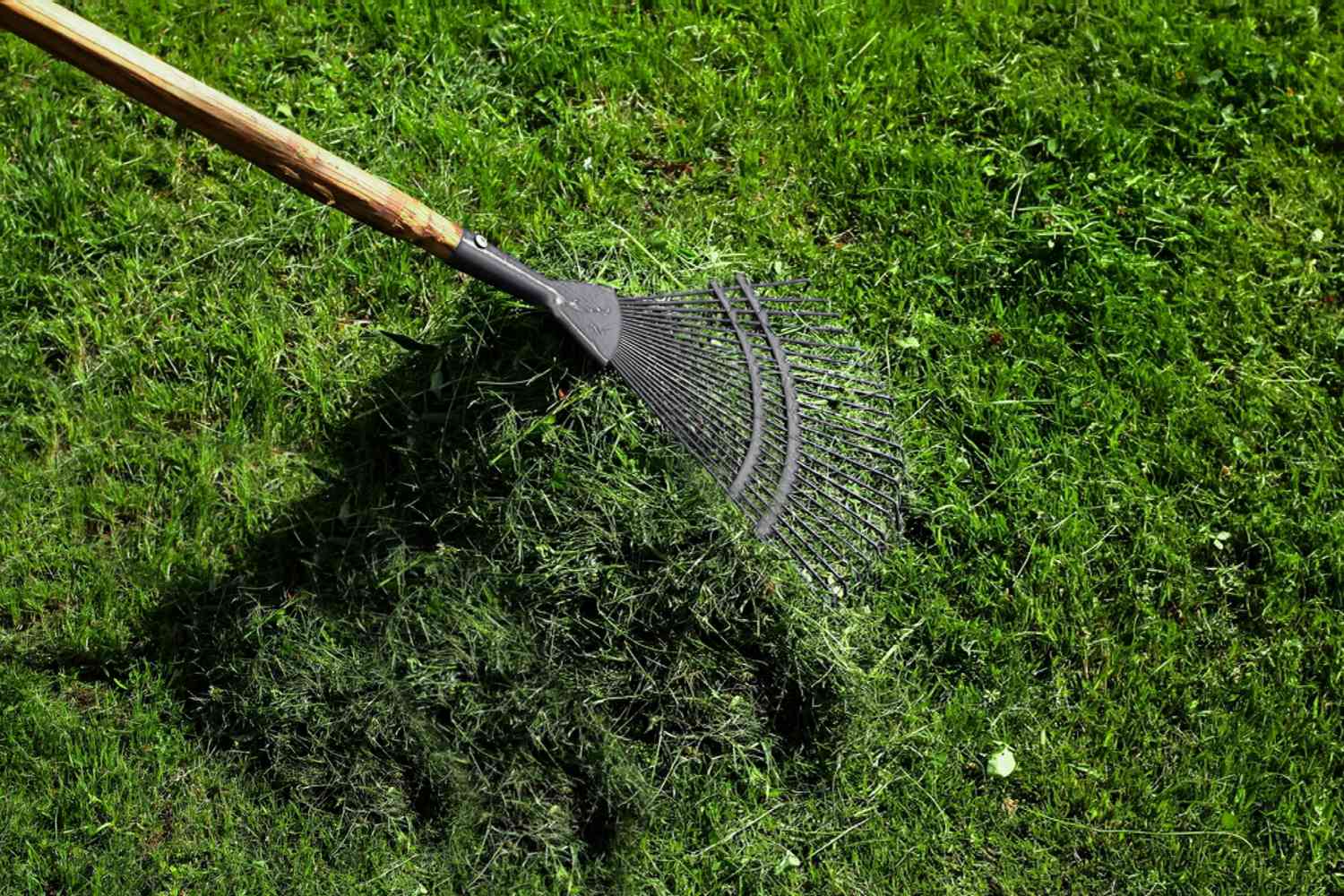
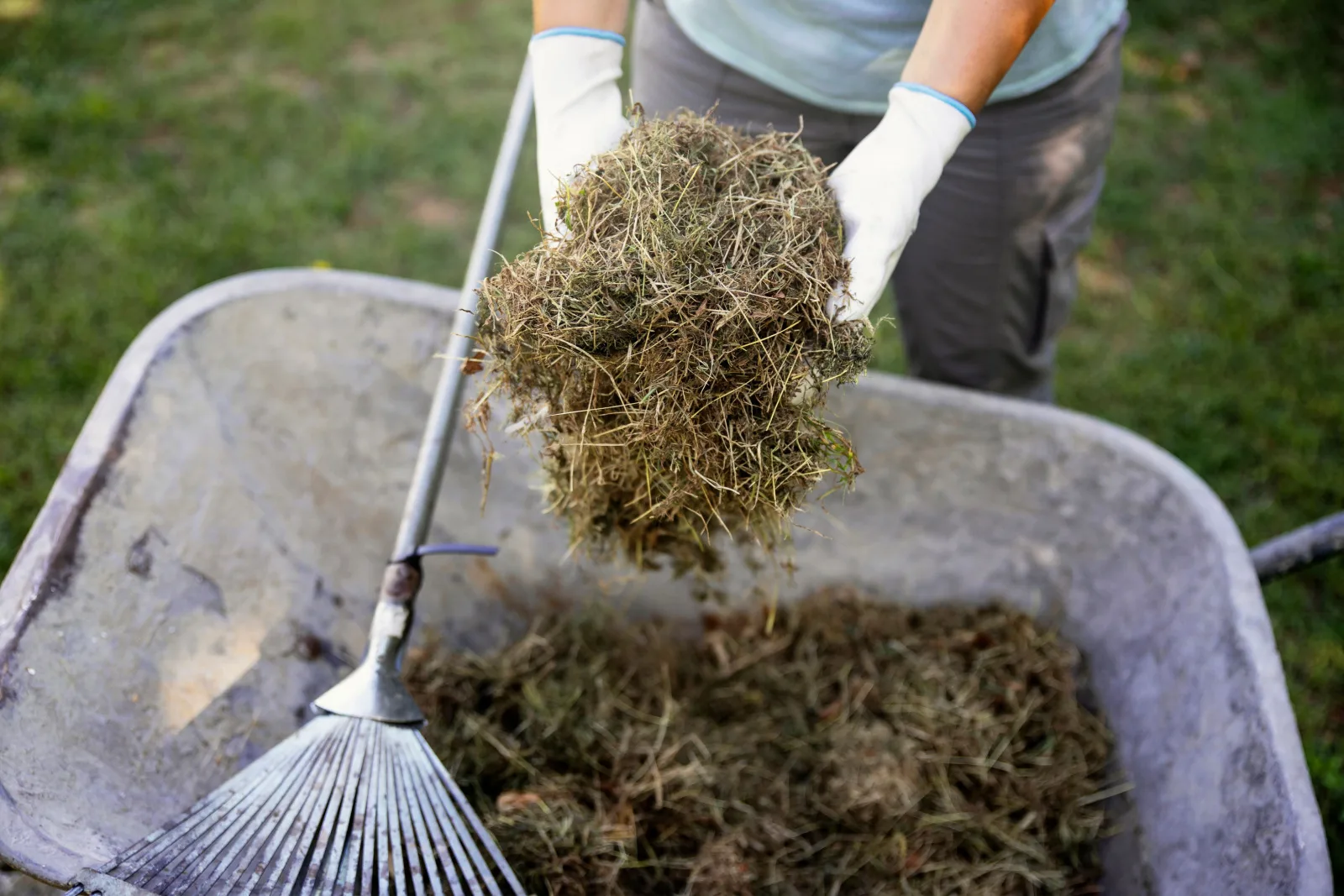
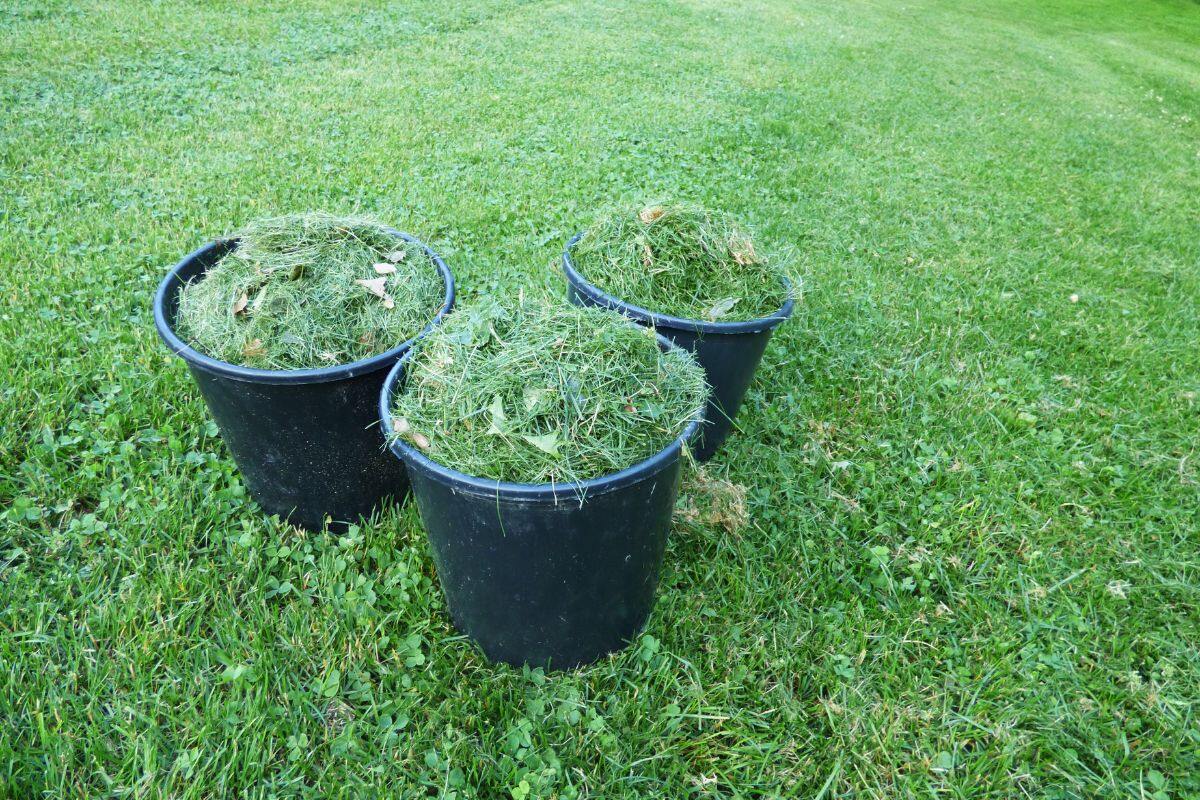
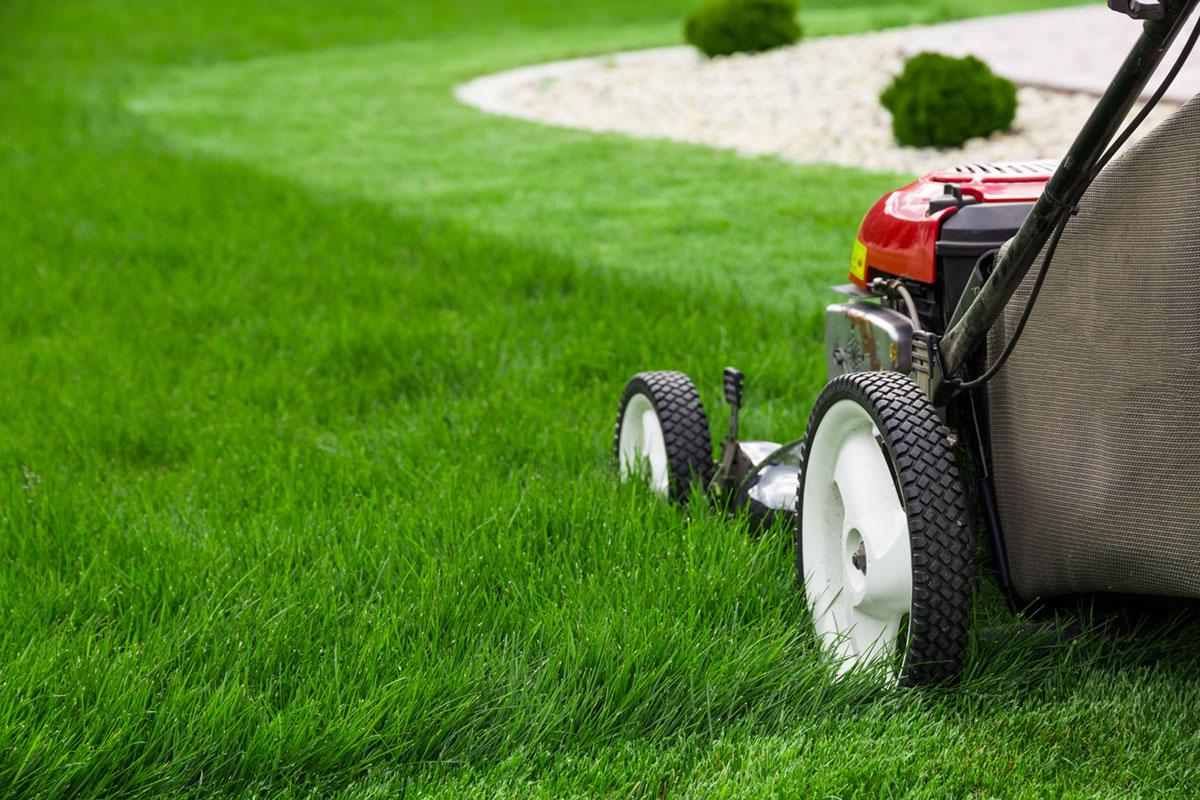
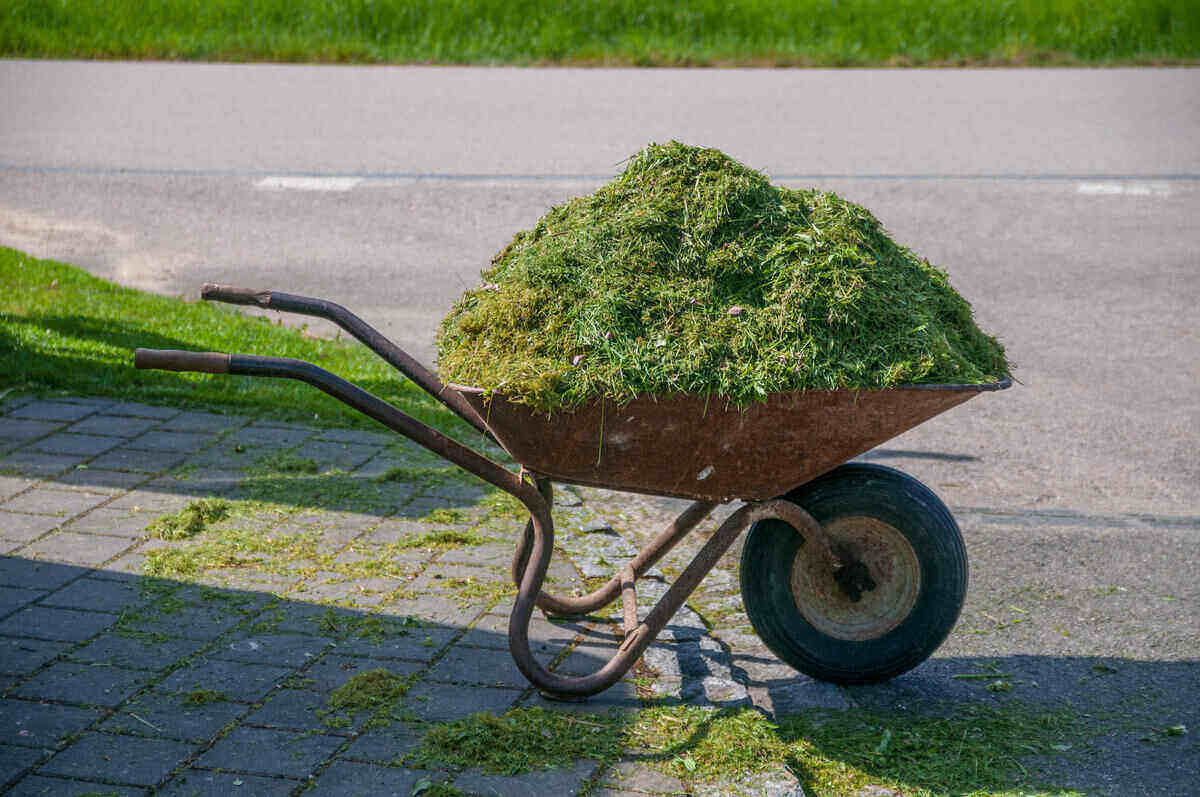
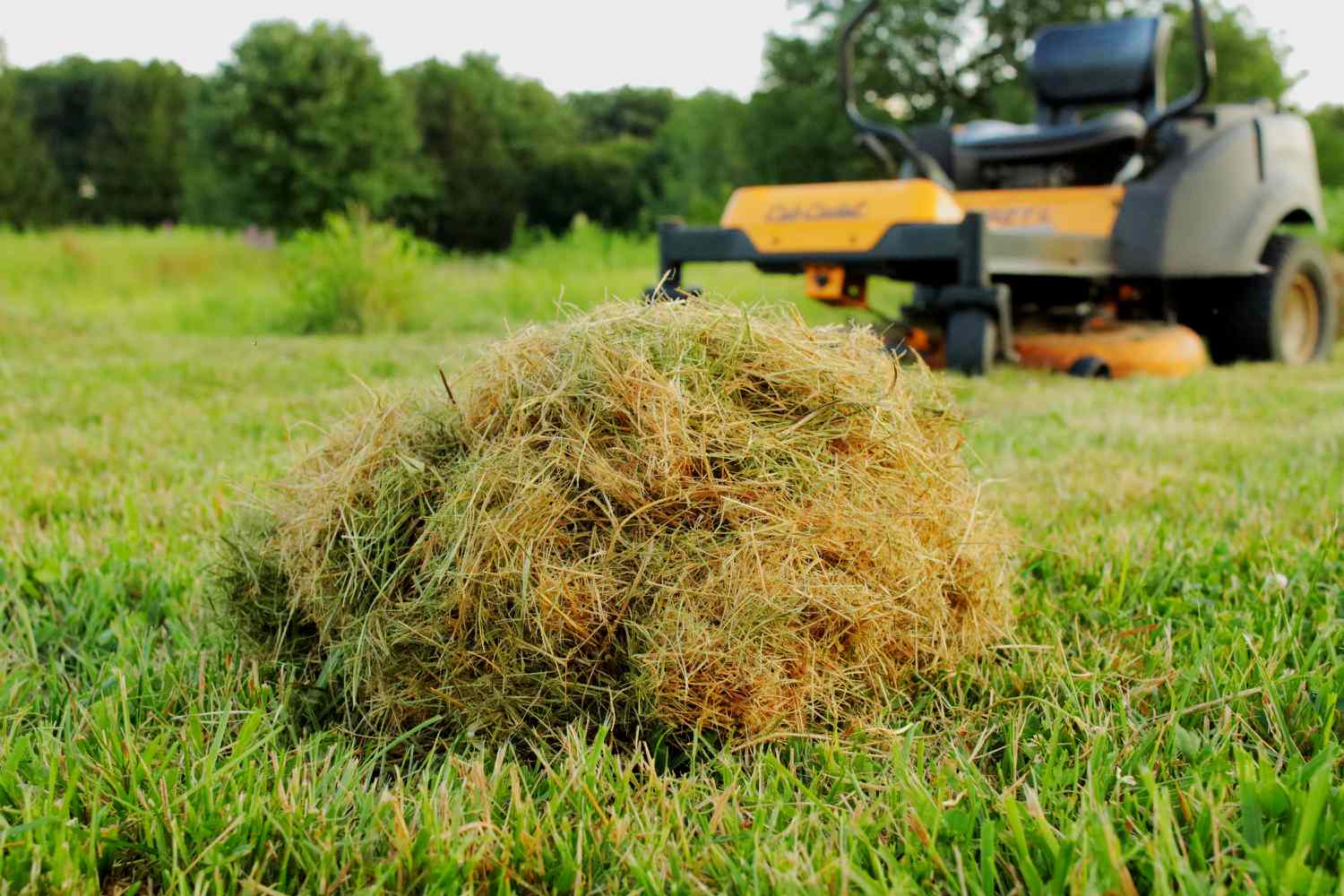
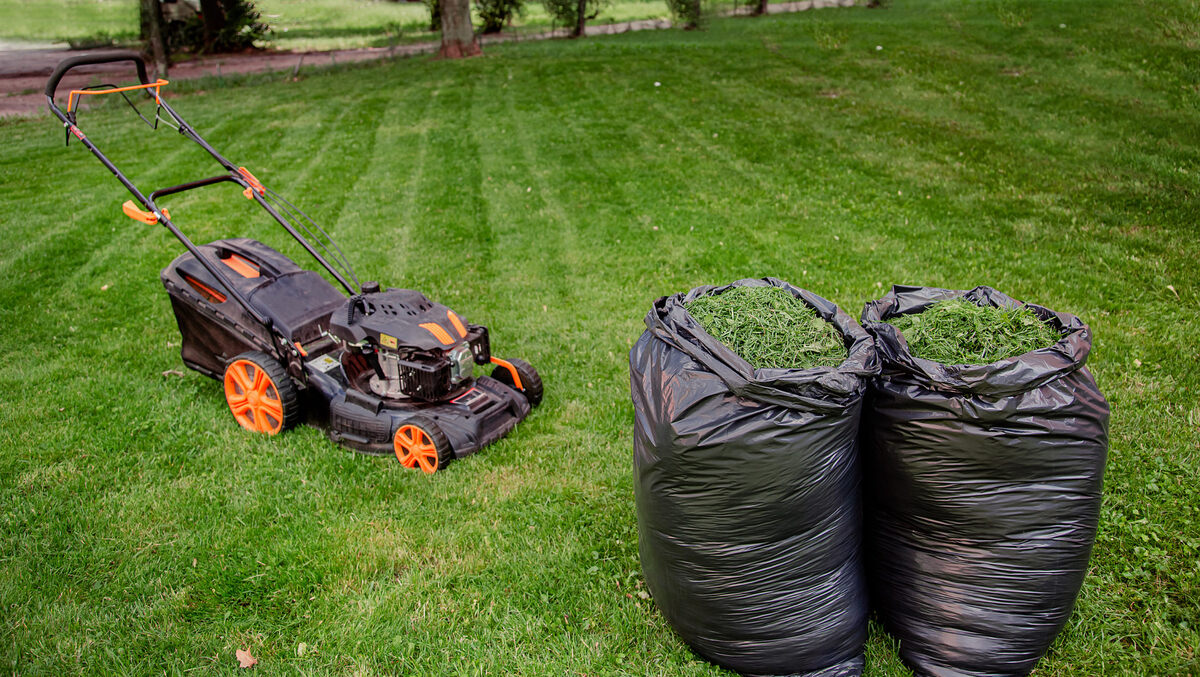
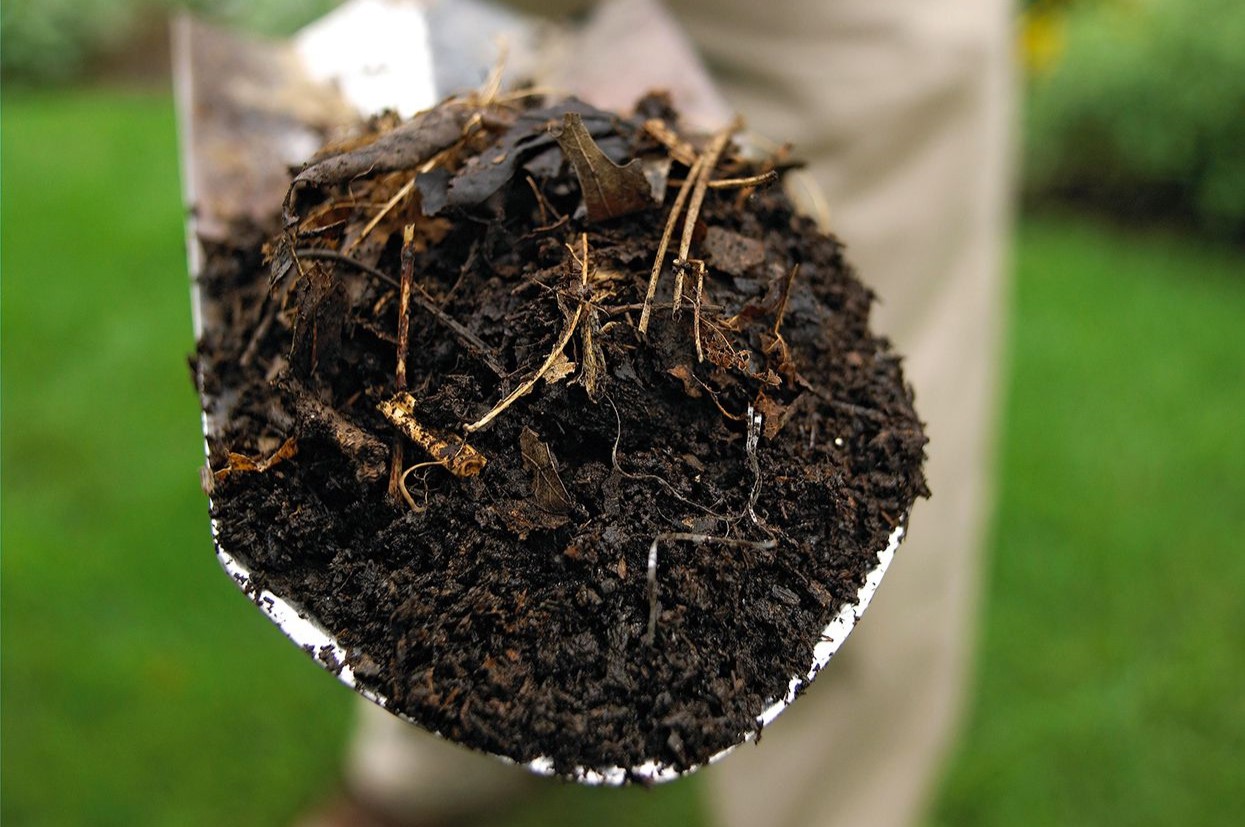
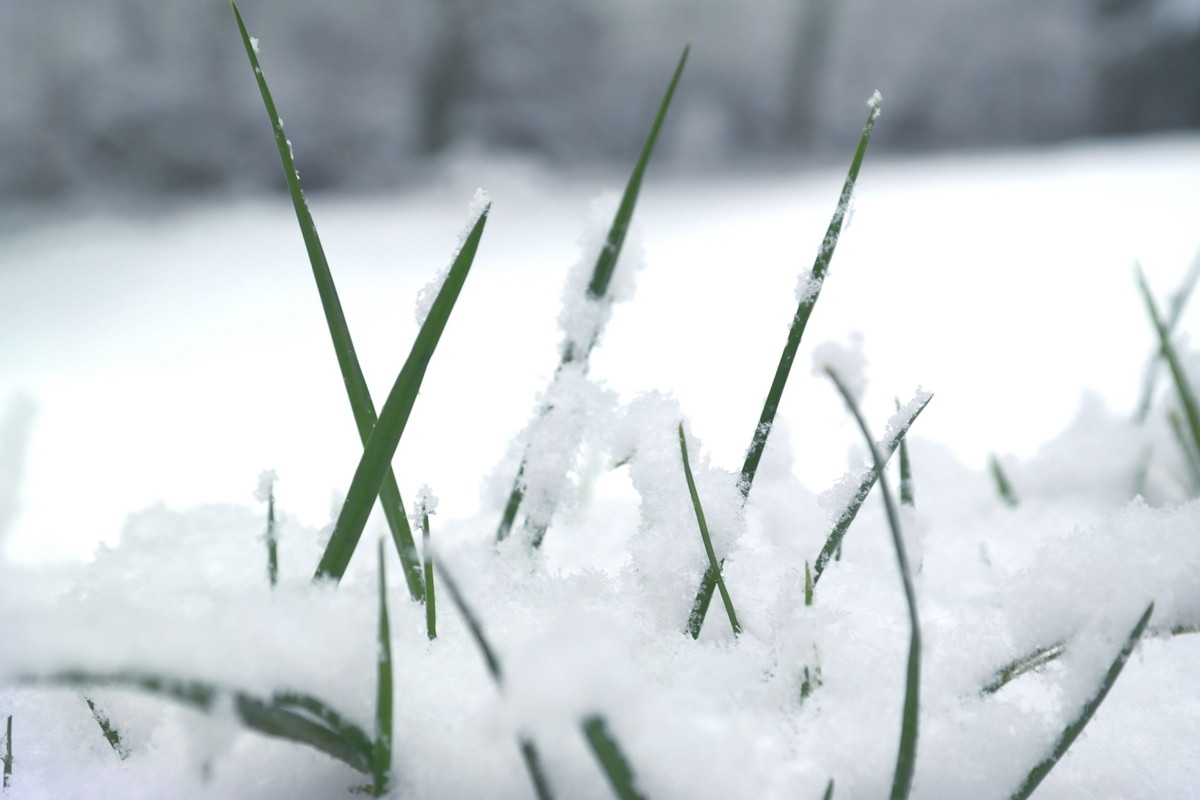

0 thoughts on “How To Compost Grass Clippings And Leaves”